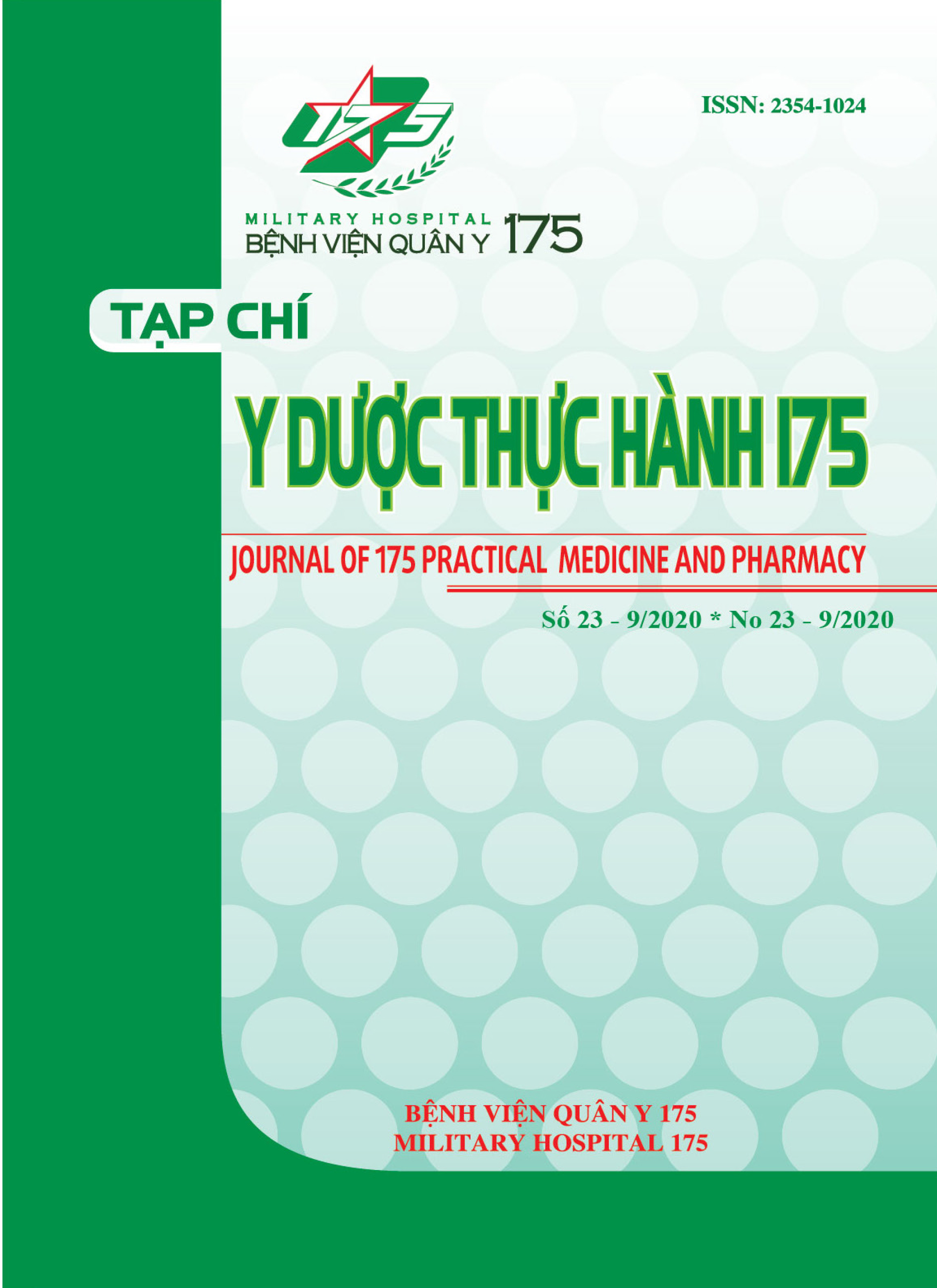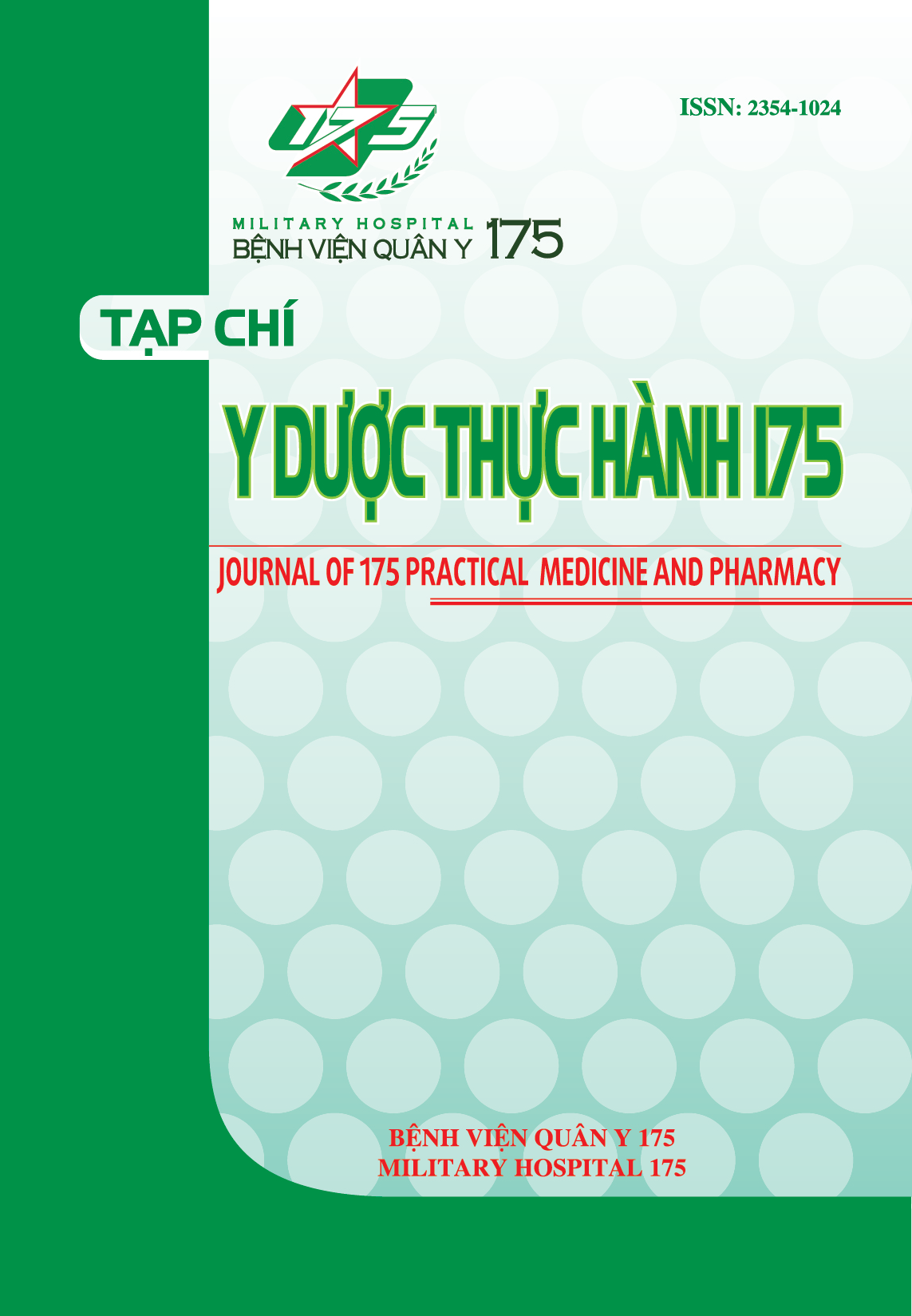HOẠT ĐỘNG ĐIỀU DƯỠNG VÀ THỜI GIAN THỰC HIỆN TẠI MỘT BỆNH VIỆN ĐẠI HỌC Ở VIỆT NAM
Các tác giả
Từ khóa:
Nursing ActivityTài liệu tham khảo
Cyrino, C. M. S. et al. Nursing Activities Score by assistance sites in Intensive Care Units. Esc. Anna Nery 22, 1–6 (2017)
Hallström, I. & Elander, G. Needs d uring h ospitalization : definitions and descriptions made by patients. 8, (2001).
Harrison, L. & Nixon, G. Nursing activity in general intensive care. J. Clin. Nurs. 11, 158–167 (2002).
Tamilselvi A & Rajee Regunath. Work sampling: a quantitative analysis of nursing activity in a medical ward 1 2 A. Tamilselvi & Rajee Regunath. Nitte Univ. J. Heal. Sci. 3, 64–67 (2013).
Thân Thị Thu Ba, Nguyễn Thị Bích Hạnh, Nguyễn Thị Kim Oanh & Trần Thị Bích Ngọc. Khối lượng công việc của điều dưỡng khoa lâm sàng Bệnh viện Cấp cứu Trưng Vương | Bệnh viện Trưng Vương. Bệnh viện Trưng Vương (2015). Available at: http://www.bvtrungvuong. vn/Default.aspx?tabid=73&ctl=ViewN ewsDetail&mid=402&NewsPK=1333. (Accessed: 7th February 2020)
Myny, D. et al. Determination of standard times of nursing activities based on a nursing minimum dataset. J. Adv. Nurs. 66, 92–102 (2010).
Yo ung, J., Lee, M., Prouty Sands, L. & McComb, S. Nursing activities and factors influential to nurse staffing decision-making. J. Hosp. Adm. 4, (2015).
Tải xuống
Tải xuống: 38










